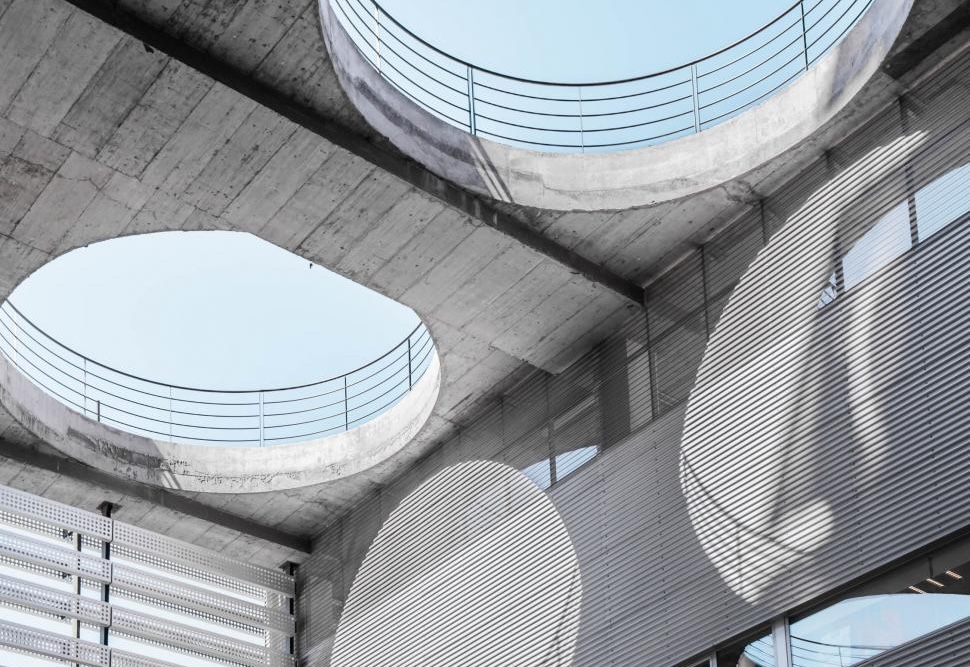The 3 Most Popular Skylight Styles: Fixed, Venting, and Tubular for Optimal Daylight and Ventilation
When choosing the best skylight for your home, you have three primary options: fixed, venting, and tubular skylights. Fixed skylights are non-operable, providing abundant natural light without ventilation, making them ideal for hallways and high-ceiling rooms. Venting skylights, on the other hand, can be opened to enhance ventilation, expel hot air, and control humidity, particularly in kitchens and bathrooms. Tubular skylights are compact, suitable for small spaces, and channel natural light through a reflective tube, offering a cost-effective and energy-efficient solution. Each style has unique benefits, so considering your specific needs will help you select the perfect skylight for ideal daylight and ventilation, and exploring further will reveal more detailed advantages and considerations.

The 3 Most Popular Skylight Styles: Fixed, Venting, and Tubular for Optimal Daylight and Ventilation
When selecting the right skylight for your home, you have three primary options to evaluate: fixed, venting, and tubular skylights. Fixed skylights are ideal for areas where ventilation is not a priority, as they provide natural light without the ability to open. Venting skylights, on the other hand, offer both natural light and enhanced ventilation, making them perfect for rooms prone to humidity or heat, such as kitchens and bathrooms. Tubular skylights present a compact solution for small spaces, delivering natural light with minimal heat gain or loss.
Fixed Skylights
When considering fixed skylights, you’re opting for a non-operable window that installs directly into your roof or ceiling, providing a permanent source of natural light without the need for ventilation. These skylights are ideal for areas like hallways, stairwells, and high-ceiling rooms where airflow is not a priority. By maximizing daylight, fixed skylights reduce your reliance on artificial lighting, leading to lower utility bills and a brighter, more inviting living space.
What They Are and How They Maximize Daylight
Fixed skylights are non-operable windows installed on your roof or ceiling, designed to flood your home with abundant natural light without the need for ventilation. They are ideal for areas where additional airflow is not necessary, such as living rooms, kitchens, and home offices. Fixed skylights are energy-efficient, reducing your reliance on artificial lighting and lowering your energy bills by maximizing natural daylight.
Venting Skylights
When you install venting skylights, you substantially enhance airflow and indoor air quality in your home. By opening these skylights, especially in conjunction with ground-level windows, you create a natural air current that efficiently expels hot, stale air and pulls in fresh, cool air, utilizing the stack effect without any mechanical assistance.
This natural ventilation helps in controlling moisture, preventing mold and mildew buildup, and reducing indoor pollutants, making your home a healthier and more comfortable living space.
In humid or heat-prone areas like kitchens and bathrooms, venting skylights are particularly beneficial, as they improve temperature control and reduce the reliance on air conditioning, thereby enhancing energy efficiency.
How Venting Skylights Enhance Airflow and Indoor Air Quality
Venting skylights are a highly effective way to enhance airflow and improve indoor air quality in your home. By opening to allow fresh air in and stale air out, these skylights function as natural ventilation systems, reducing the need for mechanical air conditioning and minimizing humidity, odors, and airborne contaminants. This makes your home an energy-efficient and healthier space, especially in humid or heat-prone areas.
Tubular Skylights
When considering skylight options for small or enclosed spaces, tubular skylights offer a compelling solution. These skylights capture and channel natural light through a small roof opening and a reflective tube, making them ideal for areas like closets, bathrooms, and hallways that lack natural illumination. By providing efficient light capture, superior insulation, and minimal roof penetration, tubular skylights enhance your home’s comfort and energy efficiency without compromising warmth or safety.
Benefits of Tubular Skylights for Small or Enclosed Spaces
Tubular skylights are an excellent choice for small or enclosed spaces, such as closets, bathrooms, and hallways, where natural light is often scarce. Here are some key benefits:
- Versatile Installation: Fit into spaces where traditional skylights cannot, and can be installed on any roof pitch.
- Easy to Install: Require minimal roof cutting and little to no drywall work, making installation quick and efficient.
- Cost-Effective: Often less expensive than traditional skylights, with lower material costs and energy-efficient design.
- Energy Efficiency: Minimize heat gain or loss, and provide natural light without using electricity.
Choosing the Best Skylight for Your Home
When selecting the best skylight for your home, consider the specific needs of each room, such as the amount of natural light required and the need for ventilation. For areas where ventilation is essential, like kitchens and bathrooms, venting skylights are ideal as they can be opened to allow fresh air in and stale air out. In contrast, fixed skylights are perfect for spaces where only additional light is needed, while tubular skylights offer a compact solution for smaller or confined areas.
How to Select Between Fixed, Venting, and Tubular Skylights Based on Room Needs
To select the most suitable skylight for your home, it’s crucial to think about the specific needs of each room, as well as the local climate and your personal preferences.
- Fixed Skylights: Ideal for areas needing natural light without ventilation, such as living rooms and hallways.
- Venting Skylights: Best for kitchens, bathrooms, and humid areas, as they improve ventilation and air quality.
- Tubular Skylights: Suitable for small or confined spaces like hallways and windowless bathrooms, providing focused natural light.
- Consider Climate: Choose venting skylights for warm or humid climates to regulate temperature and humidity.




